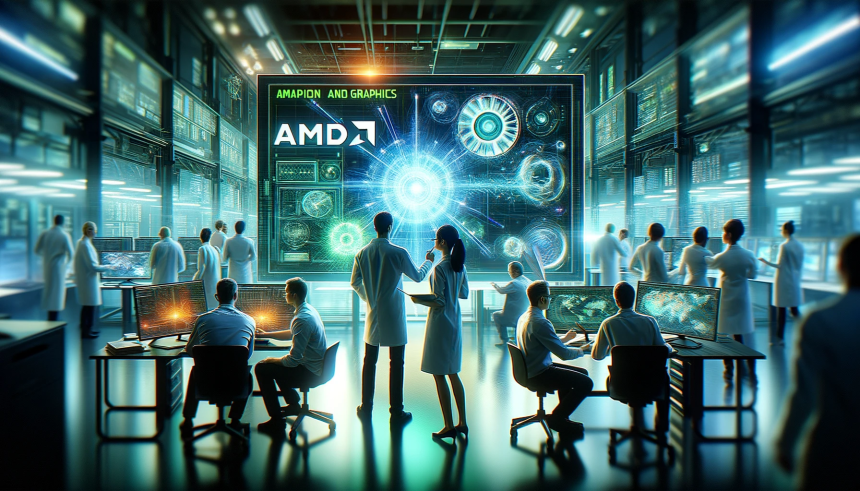AMD’s latest announcement has caused frustration among gamers as the company confirmed its upcoming FSR Redstone technology will not be available for last-generation Radeon graphics cards. With several users relying on Radeon RX 5000 and RX 6000 series GPUs, the news has prompted widespread discussion about hardware support longevity and upgrade cycles. Some industry observers believe this decision reflects a shifting focus towards leveraging new hardware capabilities, while users debate the merits and fairness of restricting advanced features to new products.
When AMD released previous versions of its FidelityFX Super Resolution (FSR) technology, many models, including Radeon RX 5000 and RX 6000 series, were explicitly supported. Over the years, the company’s updates aimed to maximize performance and visual quality on compatible devices, providing a broad range of gamers with access to enhancements. Now, the exclusion of older graphics cards signals more stringent hardware requirements and suggests a pivot in AMD’s strategy, possibly to rival advancements from competitors like NVIDIA’s DLSS updates.
What Sets FSR Redstone Apart?
FSR Redstone introduces a combination of frame generation and upscaling, designed to deliver higher frame rates and enhanced image quality. These capabilities are being positioned as part of AMD’s next-generation hardware ecosystem and will support Radeon RX 7000 series and select newer RDNA graphics cards. Previous FSR iterations focused on broad compatibility, but Redstone’s more demanding computational requirements mark a departure. An AMD spokesperson commented,
“We are committed to pushing innovation, but we must optimize for current hardware capabilities.”
Why Are Gamers Disappointed by the Hardware Limitation?
Gamers using last-generation cards have expressed dissatisfaction as they will be unable to experience the latest improvements despite their relatively recent investments in AMD hardware. Discussions across forums and social media highlight concerns regarding product longevity and upgrade frequency. “Many of our users expect ongoing support for their GPUs for several years,” AMD said.
“We understand the value of backward compatibility and plan to support legacy products where possible.”
How Might This Affect the Market and Consumer Choices?
AMD’s choice to limit FSR Redstone to current-generation cards is likely to influence purchasing decisions for both new customers and existing users evaluating upgrade paths. As competitors continue to offer performance-enhancing technologies for a variety of platforms, AMD’s move could motivate gamers to reconsider their brand loyalty or accelerate hardware upgrades. The company’s focus on newer hardware may encourage more rapid transitions to the latest GPUs, but risks alienating a portion of its base that valued prior-generational support.
Restricting FSR Redstone support to select devices, AMD seems to be following an approach similar to what some rivals have done when introducing hardware-accelerated features. While such strategies can promote technological progress, they often require consumers to weigh the benefits of immediate upgrades against the cost and perceived value of older investments. Readers interested in maximizing the potential of their current devices may need to consider software alternatives or anticipate future resale opportunities if opting to upgrade sooner than planned.








